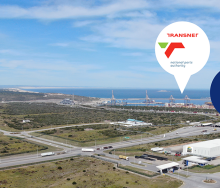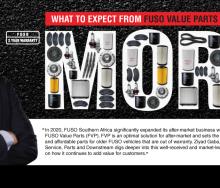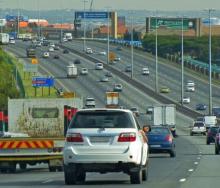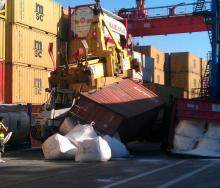The Customs Modernisation Programme should be a very familiar term to those who operate within the customs environment as, believe it or not, customs commenced the modernisation journey between 1980 and 1997, with the first automated clearance declaration, basic risk assessments and the introduction of deferred payments.
1998-2000 saw the introduction of the Customs Transformation Programme, which focused on reduced border posts, the implementation of VAT, and the first EDI messaging capability.
In 2001-2003, customs implemented a risk-based approach, bonded movement of goods, client accreditation and the establishment of anti-smuggling and post-clearance inspection teams.
From 2003-2009, customs moved into the 21st Century with focus on the Container Security Initiative, the adoption of international conventions, the introduction of the Detector Dog Unit and the Customs Border Control Unit, as well as the use of cargo scanners. 2009-2014 then focused on the integrated declaration system, the introduction of the Customs Risk Engine, automated inspection processes, automated workflows and communications, to mention a few.
The New Customs Act Programme, as we know it now, began in 2015, with the focus on designing systems and processes, allowing customs to implement parts of the new Customs Control and Duty Acts even though these Acts have not been proclaimed by the President.
The Customs Modernisation Programme has brought dramatic changes such as manual declarations to EDI, the change from Purpose Codes to Procedure Codes, and cash payments to electronic payments, but many of the changes, far less dramatic, have had an enormous impact on how trade interacts with customs. Some of the latest roll-outs of the programme include Advance Payment Notifications, the publication of TDNs, the automation of refunds and drawbacks, the introduction of smart borders, the Traveller Declaration system, and, just released, the automation of bonds and guarantees. Reporting of Conveyances and Goods, Registration, Licensing and Accreditation and the Declaration Processing System have had the biggest impact on trade, with some challenges, but good for trade facilitation.
So, what can be expected from the Customs Modernisation Programme?
There are several projects either in progress or scheduled for the near future. There are proposed amendments to the SAD 500 declaration in the pipeline, the National Single Window is moving forward, AEO accreditation is a priority, and e-commerce is a focused initiative. Future roll-outs will possibly allow for incomplete and provisional declarations, electronic record keeping and more relaxed warehousing procedures.
The Customs Modernisation Programme has brought about many drastic changes over a relatively short period of time and has been extremely successful, with enormous benefits to trade, but as per a previous column, this fast-moving programme has left all Other Government Agencies behind. This is an unfortunate consequence that will have to be addressed if customs wishes to continue moving forward at its current pace.












